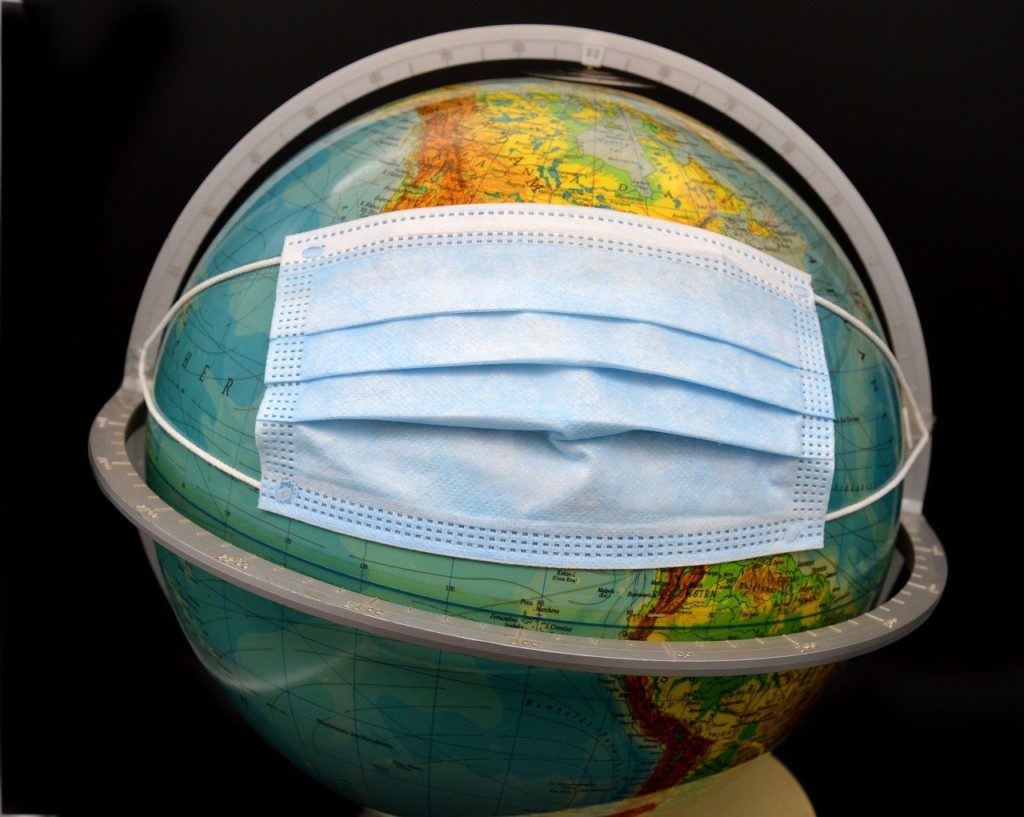
After many weeks of sheltering in place, most of us are just itching to go somewhere – anywhere! Well, beyond the backyard or grocery store, that is. We are all certain that travel will eventually return, but in what form? What will post-pandemic travel look like and how will it differ from the “good old days” of full planes and over-touristed destinations?
Easing Back Into Post-Pandemic Travel
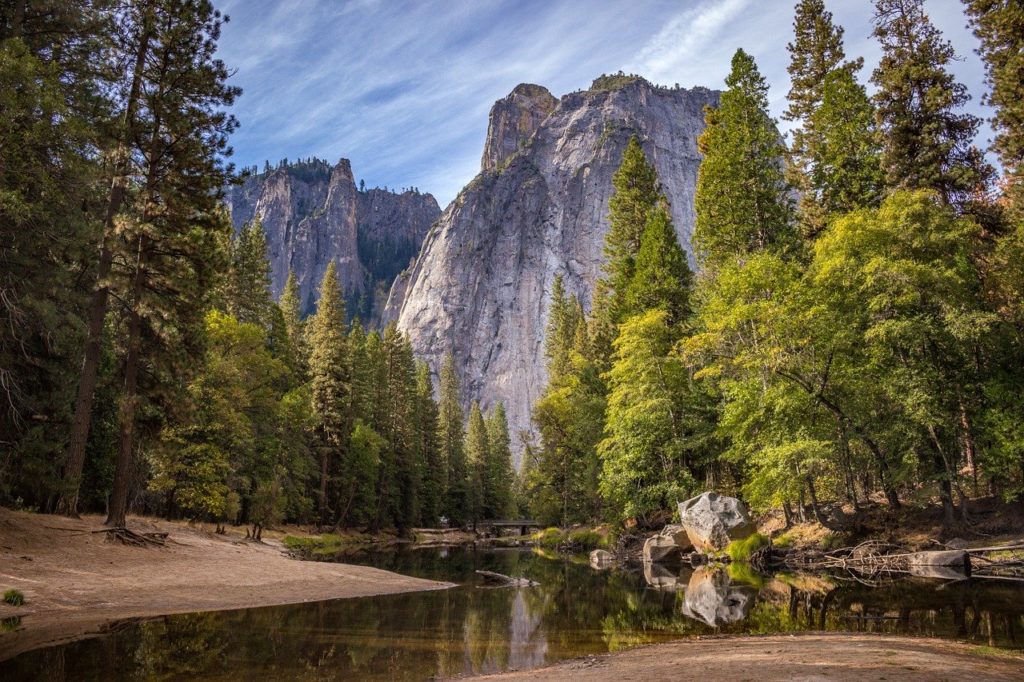
Some U.S. states and other countries are beginning to ease travel restrictions, but in all probability, the world will be dealing with coronavirus and its effects for quite some time. Whether traveling for business or pleasure, each person will need to assess their health and safety tolerances for travel. Industry research indicates that about a third of travelers said they would travel as soon as possible and 52 percent said after six months.
We expect the first post-pandemic travel to be primarily domestic trips. Many people will be anxious to reconnect with family and friends from whom they have been socially-distanced for months. The psychological impact of the pandemic will likely have nature-starved travelers and urban dwellers craving uncrowded outdoor spaces, such as National Parks. The great American road trip is poised to make a resurgence, because people may be hesitant to travel by plane.
International borders will open at different times and with varying requirements. Caribbean countries will probably be more accessible to Americans before Europe or Asia. While some travelers will not hesitate to travel internationally as soon as they are able, many will wait until there are clear and cohesive entry and health documentation regulations.
Changes to Airline Travel
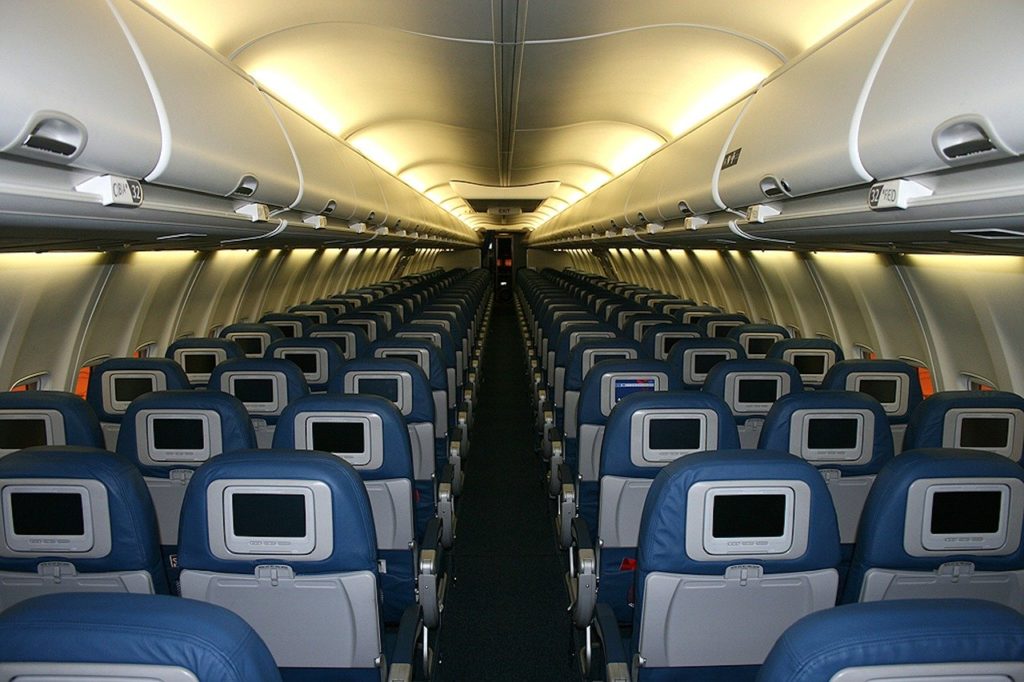
Just as 9/11 brought many changes to airline travel, post-pandemic travel will make even more changes. The advent of the 3-1-1 liquid rule and removing shoes, jackets, and belts for security came about after 9/11 as a terrorism deterrent. Coronavirus will impact the airline experience from check-in to arrival.
Passengers will likely embrace online or airline app check-in in greater numbers to avoid touching airport kiosks or interacting with ticket counter employees. TSA will allow face masks to be worn through the security process, although passengers may be asked to lower them for identification.
In addition to a higher standard of cleaning airplanes, many airlines will require passengers and crew to wear face masks. Some airlines or airports will temperature screen passengers, change boarding procedures, or not use middle seats to minimize risk. Several airlines have already adopted bento box options for foodservice.
Hotel Cleanliness Will be the New Amenity
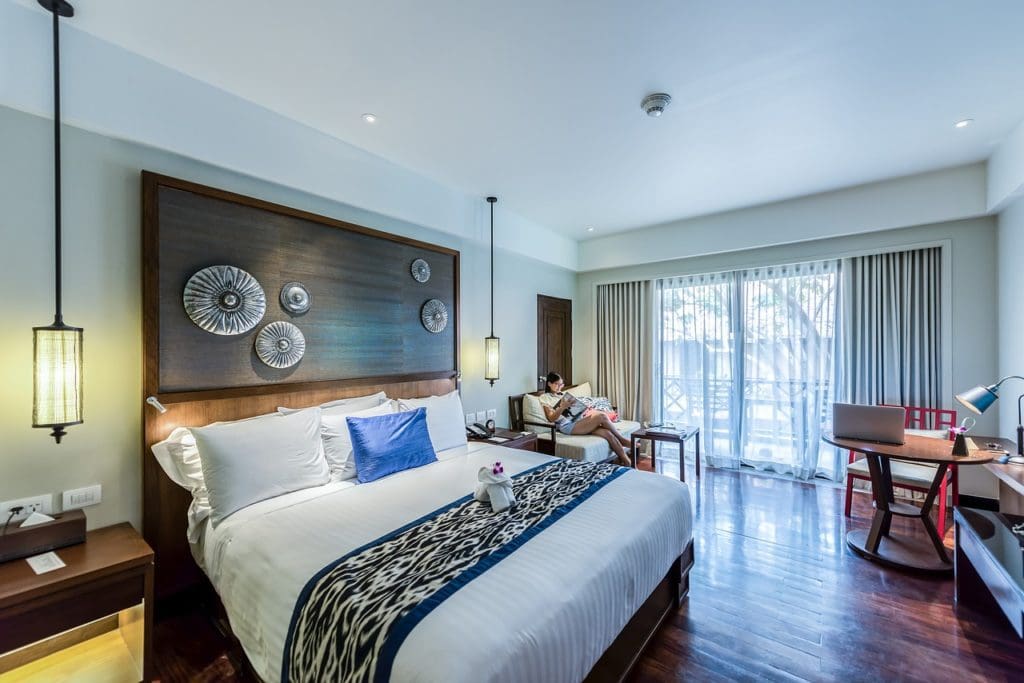
Hotels and resorts will also change many practices for post-pandemic travel, ranging from check-in to food service to cleaning. The luxury staple of high-touch service will most definitely be recalibrated. The American Hotel & Lodging Association has published industry-wide Stay Safe Cleaning Standards for both public spaces and guest rooms to ensure guests and employees feel confident in the cleanliness and safety of hotels.
Like airlines, hotel check-in will happen online to reduce human contact. Breakfast buffets and refreshing fruit water dispensers in the lobby will disappear. Personal services of bellhops and valets will be suspended, and elevators may be limited to one guestroom at a time.
In guestrooms, minibars will disappear; extra pillows and linens will be removed. In-room housekeeping may be limited to cleaning after check-out and the cleaning products and protocols will be of a higher cleanliness standard.
Will Cruises Recover?
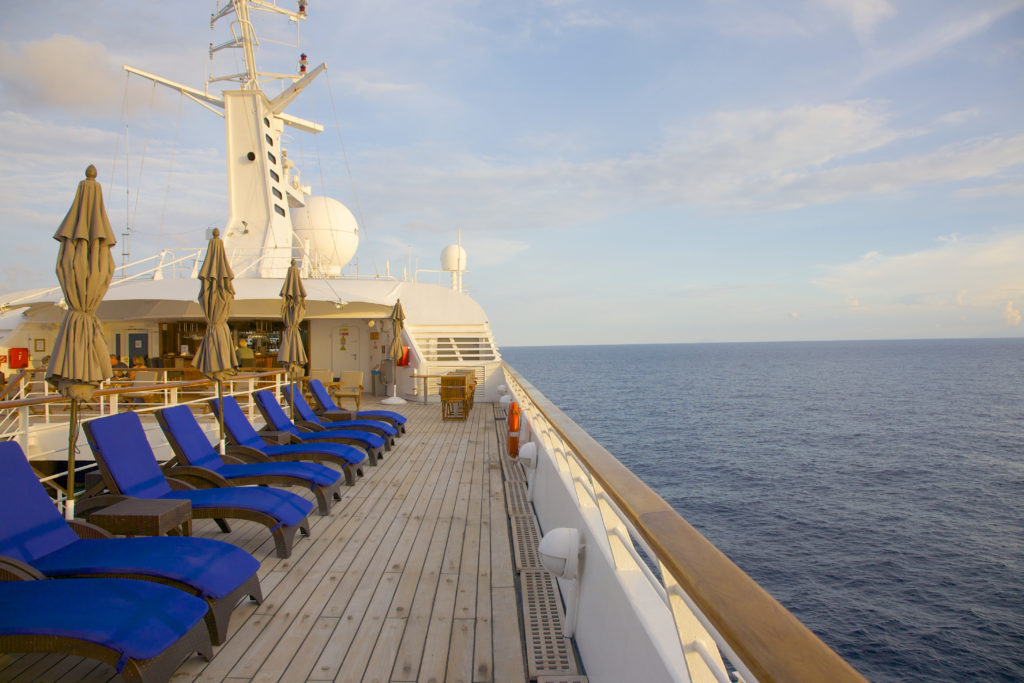
The $64,000 (or maybe billion) question for post-pandemic travel is will the cruise industry make it? We feel confident that cruise demand will come back, although it will be the slowest segment to recover, partially because of the negative publicity of quarantined ships. Cruise lines may not find calm seas again until a vaccine is found, but cruise lovers are a loyal bunch, so lines that can holdout long enough will survive.
What post-pandemic cruising might look like is still speculation. Cruise lines will adopt many of the same enhanced cleaning protocols as hotels. There may be required health screenings for passengers and buffet dining will certainly be a thing of the past.
There could be fewer ships in operation for several years, since lines may not be able to financially maintain their entire fleet. Ships that are sailing may carry fewer passengers to support social distancing protocols. Most lines have loosened cancellation policies considerably in a bid to bolster consumer confidence in booking. That flexibility will likely stay for the next year or more.
Rental Cars and Ground Transportation
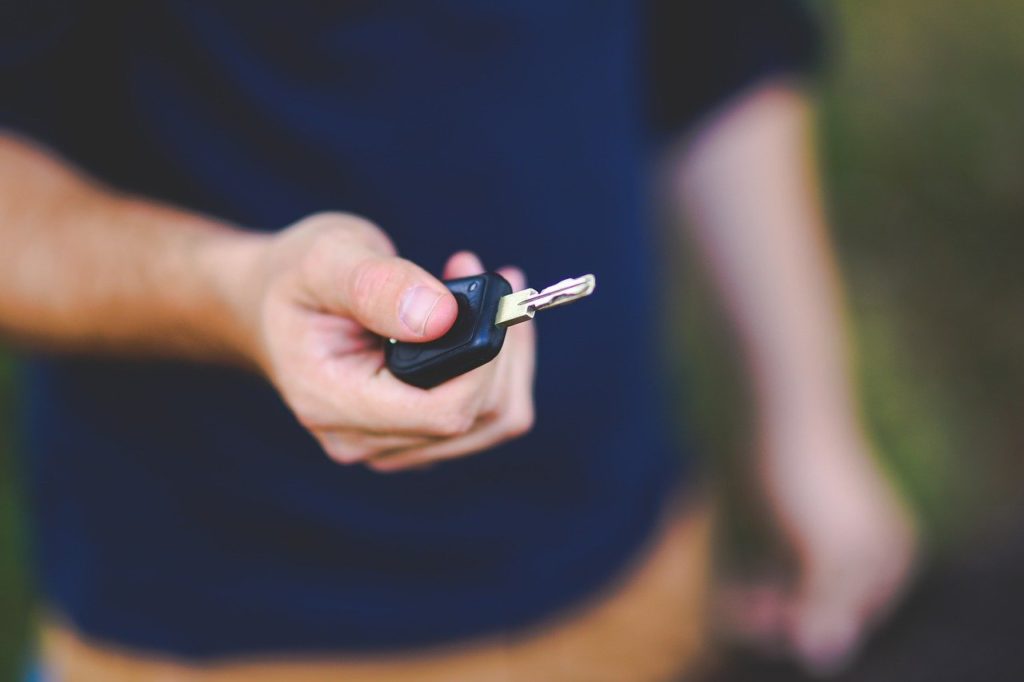
Rental car companies have already instituted curbside rentals to promote social distancing and avoid queues at the rental locations. Some rentals offer car delivery and location-specific car return safety procedures. Major rental companies have upgraded their sanitizing and disinfecting procedures to include cupholders, compartments, key fob, and all high-touch areas.
Travelers using taxis or chauffeured cars should look for vehicles with a divider between driver and passenger and consider handling their own luggage and belongings. Rideshare services Uber and Lyft have discontinued shared pool rides and will require both drivers and passengers to wear face masks. But riders should understand that there is no uniform cleaning protocol for any of these ground transportation services, so they need to advocate for their own safety.
Travel’s New Normal
No matter what form your travel takes, there will be a new normal going forward. But without question, travel will resume. We need it; we love it; it’s simply too important to the global economy to cease. When you are ready to resume travel, contact your Covington advisor to be fully informed and prepared.






Leave a Reply